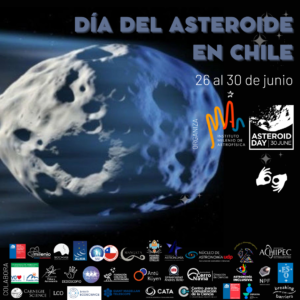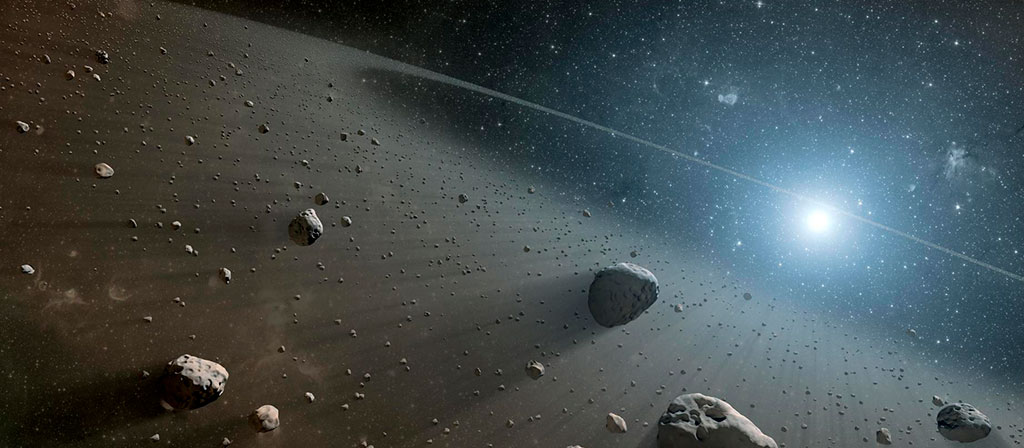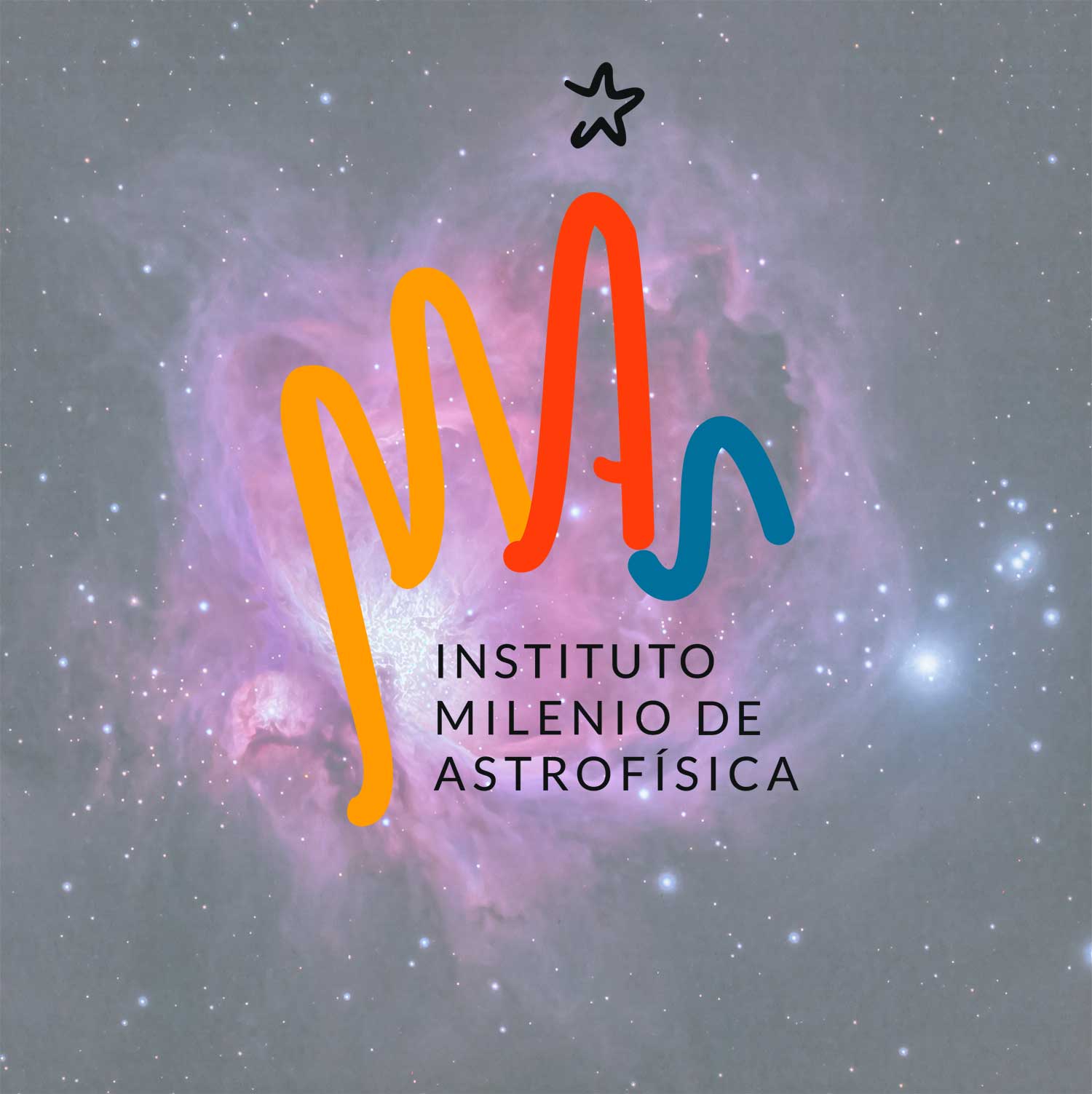[:en]Argudo-Fernández, M.; Lacerna, I.; Duarte Puertas, S. et al., 2018, A&A 620, A113
Context. Galaxy mass and environment play a major role in the evolution of galaxies. In the transition from star-forming to quenched galaxies, active galactic nuclei (AGNs) also have a principal action therein. However, the connections between these three actors are still uncertain.
Aims. In this work we investigate the effects of stellar mass and the large-scale structure (LSS) environment on the fraction of optical nuclear activity in a population of isolated galaxies, where AGN would not be triggered by recent galaxy interactions or mergers.
Methods. As a continuation of a previous work, we focus on isolated galaxies to study the effect of stellar mass and the LSS in terms of morphology (early- and late-type), colour (red and blue), and specific star-formation rate (quenched and star-forming). To explore where AGN activity is affected by the LSS, we separate galaxies into two groups, of low- and high mass, respectively, and use the tidal strength parameter to quantify the effects.
Results. We found that AGN is strongly affected by stellar mass in “active” galaxies (namely late-type, blue, and star-forming), but that mass has no influence on “quiescent” galaxies (namely early-type, red, and quenched), at least for masses down to 1010 M⊙. In relation to the LSS, we found an increase in the fraction of star-forming nuclei galaxies with denser LSS in low-mass star-forming and red isolated galaxies. Regarding AGN, we find a clear increase in the fraction of AGNs with denser environment in quenched and red isolated galaxies, independently of the stellar mass.
Conclusions. Active galactic nuclei activity appears to be “mass triggered” in active isolated galaxies. This means that AGN activity is independent of the intrinsic properties of the galaxies, but is dependent on their stellar mass. On the other hand, AGN activity appears to be “environment triggered” in quiescent isolated galaxies, where the fraction of AGNs as a function of specific star formation rate and colour increases from void regions to denser LSS, independently of stellar mass.
Read paper[:es]Argudo-Fernández, M.; Lacerna, I.; Duarte Puertas, S. et al., 2018, A&A 620, A113
Context. Galaxy mass and environment play a major role in the evolution of galaxies. In the transition from star-forming to quenched galaxies, active galactic nuclei (AGNs) also have a principal action therein. However, the connections between these three actors are still uncertain.
Aims. In this work we investigate the effects of stellar mass and the large-scale structure (LSS) environment on the fraction of optical nuclear activity in a population of isolated galaxies, where AGN would not be triggered by recent galaxy interactions or mergers.
Methods. As a continuation of a previous work, we focus on isolated galaxies to study the effect of stellar mass and the LSS in terms of morphology (early- and late-type), colour (red and blue), and specific star-formation rate (quenched and star-forming). To explore where AGN activity is affected by the LSS, we separate galaxies into two groups, of low- and high mass, respectively, and use the tidal strength parameter to quantify the effects.
Results. We found that AGN is strongly affected by stellar mass in “active” galaxies (namely late-type, blue, and star-forming), but that mass has no influence on “quiescent” galaxies (namely early-type, red, and quenched), at least for masses down to 1010 M⊙. In relation to the LSS, we found an increase in the fraction of star-forming nuclei galaxies with denser LSS in low-mass star-forming and red isolated galaxies. Regarding AGN, we find a clear increase in the fraction of AGNs with denser environment in quenched and red isolated galaxies, independently of the stellar mass.
Conclusions. Active galactic nuclei activity appears to be “mass triggered” in active isolated galaxies. This means that AGN activity is independent of the intrinsic properties of the galaxies, but is dependent on their stellar mass. On the other hand, AGN activity appears to be “environment triggered” in quiescent isolated galaxies, where the fraction of AGNs as a function of specific star formation rate and colour increases from void regions to denser LSS, independently of stellar mass.











